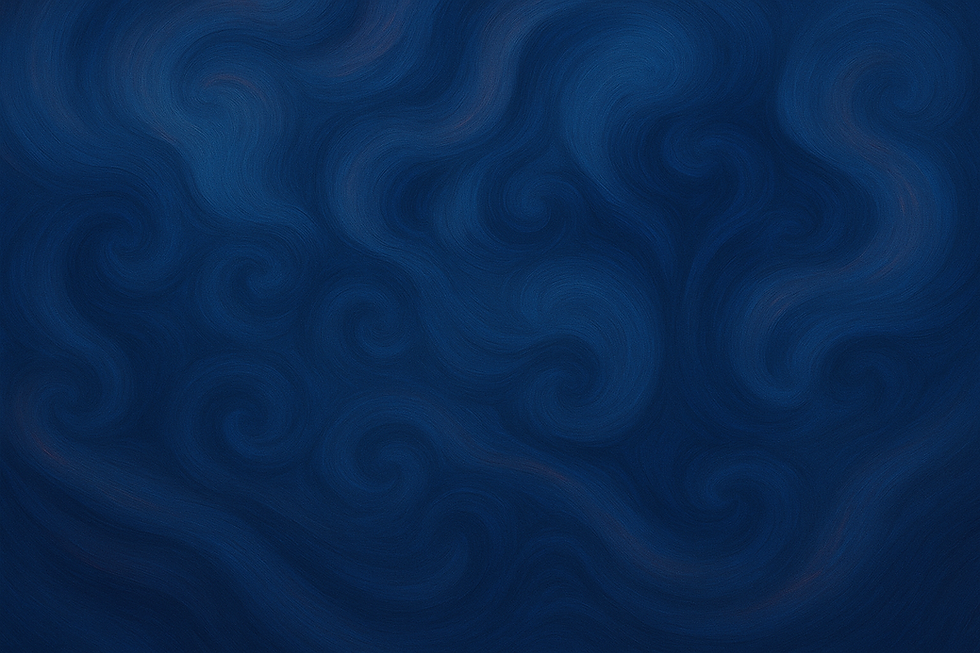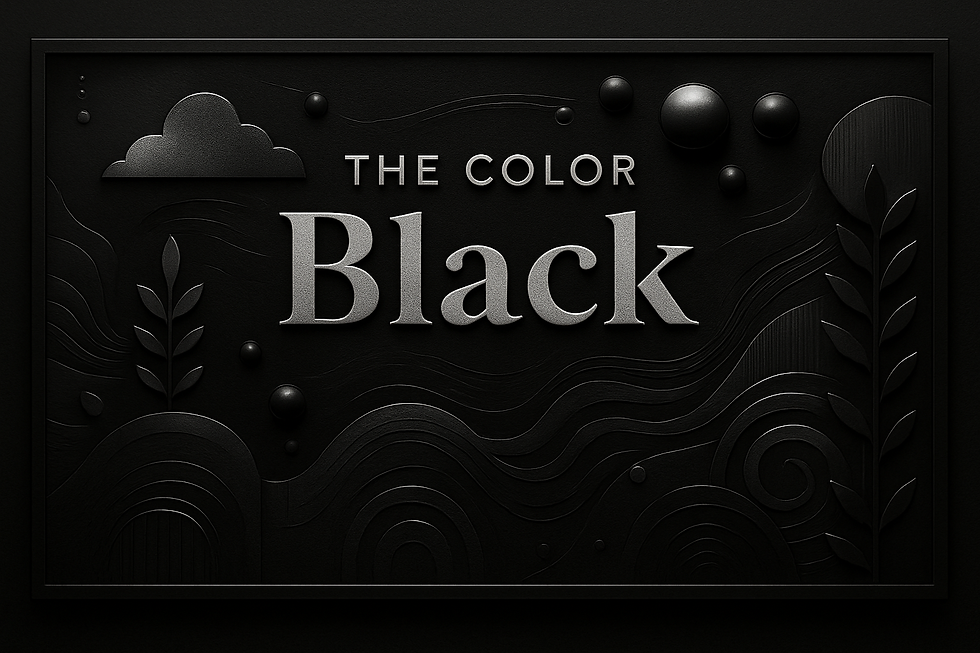Indigo: Everything to Know About the Color Indigo
- The Finest Writer

- Apr 26
- 4 min read

Welcome to our deep dive into the rich and mysterious color indigo. This article will explore indigo’s meaning, symbolism, history, and its versatile use in art, design, fashion, and culture.
Indigo is a striking blend of blue and violet, embodying depth, intuition, and spirituality. This unique hue has long been associated with the night sky, denim, and ancient dyeing traditions, carrying both regal and mystical qualities.
Whether you're considering indigo for your next design project or fashion statement, or simply curious about its deeper meanings, this article will provide everything you need to know about indigo.
What Color is Indigo?

Indigo is a deep, rich shade between blue and violet on the color spectrum. It is darker than royal blue but lighter and more vibrant than navy or midnight blue. It's cool blue and warm violet blend creates a calming and mysterious color.
Indigo is often associated with twilight skies and deep oceans, evoking introspection and creativity.
How to Make Indigo?

Indigo is created by blending blue and violet (or purple). Depending on the ratio, indigo can lean more toward blue or take on stronger purple undertones.
Indigo RGB Values
Red: 75
Green: 0
Blue: 130
Indigo HEX Color Code
The HEX code for indigo is #4B0082.
Indigo CMYK Code
Cyan: 42%
Magenta: 100%
Yellow: 0%
Black: 49%
Paint Mixing to Create Indigo
To create indigo with paint, start with a base of blue and gradually mix in small amounts of violet or purple. Adjust the ratio until the desired balance between blue and purple is achieved. Adding black can deepen the tone for a more muted indigo.
Light and Perception of Indigo
Indigo’s appearance can shift between deep blue and purple depending on lighting and surrounding colors. Under cool lighting, it may appear more blue, while warm lighting can bring out its violet tones.
What Colors Match Indigo?

Indigo pairs well with various colors, offering both bold and serene palettes. Here are some standout combinations:
Indigo and White: A classic, clean pairing. White highlights indigo’s depth and creates balance.
Indigo and Gold: Gold adds warmth and luxury to indigo’s calm, mysterious tone, creating a rich and elegant palette.
Indigo and Coral: Coral’s warmth and brightness contrast beautifully with indigo’s depth.
Indigo and Mustard Yellow: Mustard yellow provides a vibrant contrast that enhances indigo’s richness.
Indigo and Gray: Gray softens indigo’s intensity, creating a sleek, modern look.
Indigo and Teal: Teal’s cool tones complement indigo’s blend of blue and purple, creating a harmonious, ocean-inspired palette.
What is Indigo’s Complementary Color?

Indigo’s complementary color is a muted orange or yellow-orange on the color wheel. This contrast between warm and cool tones creates a balanced, visually appealing palette, often used to draw attention in design.
What Colors are Similar to Indigo?

Indigo shares characteristics with several other deep, rich shades. Here are some similar colors:
Navy Blue: Darker and more neutral than indigo, with less purple influence.
Midnight Blue: Almost black in depth, but with subtle blue undertones.
Royal Blue: Brighter and more vibrant, lacking the purple tones of indigo.
Violet: More purple than indigo, with less blue depth.
Eggplant: A dark, muted purple with brownish undertones, warmer than indigo.
What Does Indigo Symbolize?

Indigo carries rich symbolic meanings across cultures and contexts. Here are some of its most common associations:
Intuition and Spirituality: Indigo is often linked to the third eye chakra, symbolizing insight, intuition, and spiritual awareness.
Wisdom and Knowledge: Its depth represents intellect, reflection, and wisdom.
Mystery and Creativity: Indigo’s blend of blue and violet evokes mystery, imagination, and artistic expression.
Power and Authority: In historical contexts, indigo dyes were rare and expensive, symbolizing wealth and power.
Calmness and Stability: Like blue, indigo carries calming qualities, promoting stability and peace.
The History of Indigo

Indigo has a long and fascinating history as one of the most valued dyes in the world:
Ancient Civilizations: Indigo dye, derived from the Indigofera plant, has been used for thousands of years in regions like Egypt, India, and West Africa. It was prized for its rich, lasting color.
Indigo Trade and Global Influence: Indigo became a significant commodity in global trade routes, especially between India, Europe, and Africa. Due to its high value, it was known as “blue gold.”
Colonial Era: During the colonial period, indigo plantations were established in the Americas and Asia. The dye became essential in European fashion and textiles.
19th and 20th Centuries: Synthetic indigo dyes were developed in the late 19th century, reducing reliance on plant-based dyes. Indigo became a staple in denim production, especially in blue jeans.
Modern Use: Today, indigo remains popular in fashion, textiles, and design. It is celebrated for its rich history, depth, and versatility in contemporary style and branding.
Indigo is more than just a color. It symbolizes depth, wisdom, and creativity, carrying a rich cultural history and emotional resonance. Whether used in fashion, design, or creative projects, indigo creates mystery and sophistication.




